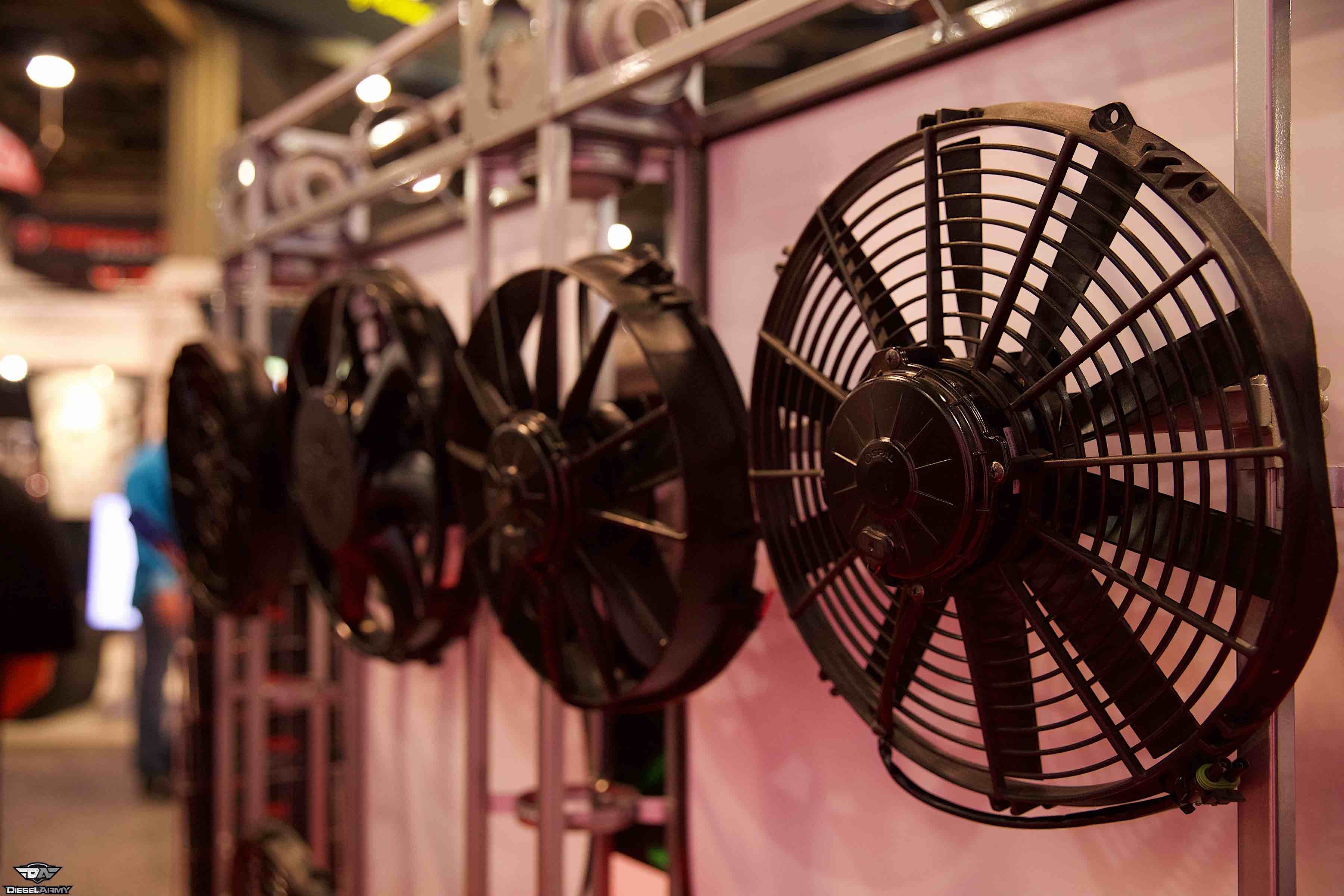

Articles
What Is The Best Fan For Cooling
Modified: October 19, 2024
Looking for the best fan for cooling? Read our informative articles and find the perfect fan to beat the heat.
(Many of the links in this article redirect to a specific reviewed product. Your purchase of these products through affiliate links helps to generate commission for Storables.com, at no extra cost. Learn more)
What Is The Best Fan For Cooling
When the temperature rises, finding ways to beat the heat becomes a priority. One effective and affordable solution is investing in a high-quality cooling fan. With so many options available on the market, it’s important to understand the factors to consider when choosing the best fan for cooling. This article will guide you through the key aspects to look for, enabling you to make an informed decision that meets your needs.
Key Takeaways:
- Choose the best cooling fan by considering room size, noise level, power efficiency, and additional features. Find the perfect fit from table fans, tower fans, pedestal fans, ceiling fans, and wall-mounted fans.
- Opt for a fan with aerodynamic blade design, low noise level, energy efficiency, and portability. Consider additional features like timers, remote controls, air purification, and smart connectivity for enhanced cooling experience.
Read more: What Is The Best Neck Fan To Buy
Factors to Consider When Choosing a Cooling Fan
1. Room size: Consider the dimensions of the room where the fan will be used. For larger areas, a fan with a wider oscillation angle and more powerful airflow might be necessary.
2. Noise level: Some fans operate quietly, making them ideal for use in bedrooms or offices. Look for models with noise levels below 50 decibels for a peaceful environment.
3. Power and energy efficiency: Fans with higher wattage tend to offer stronger airflow, but they may consume more energy. If energy efficiency is a concern, opt for fans with lower wattage and energy-saving features.
4. Blade design and airflow: Fans with aerodynamically designed blades can provide better airflow and circulation. Look for fans with adjustable speed settings to customize the airflow according to your preference.
5. Size and portability: Consider the space available for the fan and whether you need it to be easily moved from one location to another. Tower fans and pedestal fans are typically more portable compared to ceiling fans or wall-mounted fans.
6. Additional features and functions: Some fans come with features like built-in timers, remote controls, or air purification filters. These additional functions can add convenience and enhance the overall cooling experience.
Types of Cooling Fans
1. Table fans: Compact and portable, these fans are suitable for personal use in small spaces.
2. Tower fans: Tall and slim, tower fans provide widespread cooling with their vertical airflow.
3. Pedestal fans: These fans have an adjustable height and are versatile for use in various locations.
4. Ceiling fans: Ideal for cooling larger rooms, ceiling fans provide airflow from above and can often be adjusted for different speeds.
5. Wall-mounted fans: Perfect for saving floor space, wall-mounted fans are installed on the wall and offer directed airflow.
Best Cooling Fans for Different Needs
1. Overall best performer: [Fan model name] – This fan combines powerful airflow, quiet operation, energy efficiency, and additional features for optimal cooling.
2. Best for small spaces: [Fan model name] – Compact, yet effective, this fan is perfect for desktops, bedside tables, or any confined area.
3. Best for large areas: [Fan model name] – With its wide oscillation angle and powerful airflow, this fan is designed to cool spacious rooms with ease.
4. Best portable option: [Fan model name] – This fan offers exceptional cooling while being lightweight and easy to move around, making it ideal for on-the-go use.
5. Best energy-efficient choice: [Fan model name] – Designed with energy-saving features, this fan keeps you cool without consuming excessive electricity.
Remember, the best fan for cooling will depend on your specific requirements and preferences. By considering the factors mentioned above and exploring various types of fans, you can find the perfect cooling companion to keep you comfortable during hot summer days. Stay cool!
Introduction
As temperatures rise, staying cool becomes a top priority. Whether it’s a sweltering summer day or a stuffy indoor environment, having a reliable cooling fan can make all the difference. But with so many options available on the market, it can be overwhelming to determine which fan is the best for cooling.
This article aims to simplify the process by providing you with the necessary information to make an informed decision. We’ll explore the key factors to consider when choosing a cooling fan, including room size, noise level, power efficiency, blade design, size, and additional features.
Understanding the importance of each of these factors will help you select a fan that not only cools effectively but also meets your specific needs. Whether you’re looking for a compact fan for personal use or a powerful fan to cool a larger area, we’ve got you covered.
In addition to discussing the factors to consider, we’ll also explore the different types of cooling fans available. From table fans to tower fans, from pedestal fans to ceiling fans, each type has its own unique advantages and is suited for specific spaces and cooling requirements. Understanding the characteristics of each type will help you narrow down your options and find the perfect fit.
Furthermore, we’ll highlight some of the best cooling fans on the market, catering to different needs and preferences. Whether you prioritize overall performance, compactness, portability, energy efficiency, or a combination of factors, we have recommendations that will suit your requirements.
By the end of this article, you’ll have a clear understanding of what to look for when choosing a cooling fan and a selection of top-rated options to consider. Say goodbye to uncomfortable heat and embrace the cool breeze provided by the best fan for cooling.
Key Takeaways:
- Choose the best cooling fan by considering room size, noise level, power efficiency, and additional features. Find the perfect fit from table fans, tower fans, pedestal fans, ceiling fans, and wall-mounted fans.
- Opt for a fan with aerodynamic blade design, low noise level, energy efficiency, and portability. Consider additional features like timers, remote controls, air purification, and smart connectivity for enhanced cooling experience.
Read more: What Is The Best Neck Fan To Buy
Factors to Consider When Choosing a Cooling Fan
When it comes to choosing a cooling fan, there are several key factors that you should consider. Taking these factors into account will ensure that you select a fan that meets your specific cooling needs. Let’s take a closer look at these factors:
- Room size: The size of the room where the fan will be used is an important consideration. For larger areas, you’ll want a fan with a wider oscillation angle and more powerful airflow to effectively cool the space.
- Noise level: Some fans can produce significant noise, which can be disruptive, especially if you plan to use the fan in bedrooms or offices. Look for fans with noise levels below 50 decibels for a quieter and more peaceful environment.
- Power and energy efficiency: Fans with higher wattage generally offer stronger airflow. However, they may also consume more energy. If energy efficiency is a concern for you, look for fans with lower wattage or energy-saving features that help conserve electricity.
- Blade design and airflow: Pay attention to the blade design as it directly impacts the airflow generated by the fan. Fans with aerodynamically designed blades can provide better airflow and circulation. Additionally, look for fans with adjustable speed settings to customize the airflow according to your preference.
- Size and portability: Consider the available space for the fan and whether you’ll need it to be easily moved from one location to another. Tower fans and pedestal fans are generally more portable compared to ceiling fans or wall-mounted fans, making them ideal if you want the flexibility to move the fan around.
- Additional features and functions: Some fans come with extra features and functions that can enhance the overall cooling experience. These may include built-in timers, remote controls, or air purification filters. Prioritize the features that are important to you and align with your specific needs.
By considering these factors, you can make an informed decision when choosing a cooling fan that suits your requirements. Keep in mind that everyone’s needs and preferences may differ, so it’s essential to assess what matters most to you when it comes to cooling efficiency, convenience, and comfort.
Now that we’ve examined the key factors to consider, let’s dive into the different types of cooling fans available to further refine your selection process.
Types of Cooling Fans
When it comes to cooling fans, there are several types available, each offering unique features and advantages. Understanding these different types will help you determine which one is best suited for your cooling needs. Here are some of the most common types of cooling fans:
- Table Fans: As the name suggests, table fans are compact and portable, making them an excellent choice for personal use in small spaces. They are typically lightweight and can easily be placed on desks, countertops, or bedside tables.
- Tower Fans: Tower fans are tall and slim in design, providing widespread cooling. They are known for their vertical airflow, which allows for efficient cooling in larger areas. Tower fans often come with oscillation features, remote control, and timer options.
- Pedestal Fans: Pedestal fans are similar to tower fans in terms of vertical air circulation. However, they feature an adjustable height stand, offering more versatility. These fans are ideal for use in living rooms, bedrooms, or larger spaces where the airflow needs to be directed at a specific height or angle.
- Ceiling Fans: Ceiling fans are a popular choice for cooling larger rooms or outdoor spaces. They are installed on the ceiling and provide airflow from above, creating a refreshing breeze throughout the room. Ceiling fans often offer multiple speed settings and reversible blade rotation for both cooling and heating purposes.
- Wall-Mounted Fans: If you’re looking to save floor space, wall-mounted fans are a great option. These fans are installed directly on walls, providing directed airflow. They can be a practical choice for areas where floor or table space is limited, such as workshops or garages.
These are just a few examples of the types of cooling fans available. Each type has its own advantages and is suited for specific spaces and cooling requirements. Consider the size of the room, the location where the fan will be placed, and your personal preferences to determine the appropriate type for your cooling needs.
Now that we have explored the various types of cooling fans, let’s delve into the factors that affect the performance of these fans.
Look for a fan with adjustable speed settings and a wide oscillation range to ensure maximum cooling coverage in your space.
Blade Design and Airflow
When choosing a cooling fan, one important factor to consider is the blade design and its impact on airflow. The blade design plays a crucial role in determining how effectively the fan can circulate air and provide a cooling effect. Let’s explore the importance of blade design and its relationship with airflow:
Aerodynamic Blade Design: Fans with aerodynamically designed blades are optimized for efficient airflow. These blades are often curved or angled to maximize the amount of air moved by the fan. The shape and orientation of the blades help to create a steady and powerful airflow, ensuring better circulation throughout the room.
Blade Size and Pitch: The size and pitch of the blades also impact airflow. Larger blades can move more air at once, resulting in a stronger breeze. Additionally, blades with a steeper pitch can create a stronger airflow by pushing the air more forcefully. However, it’s important to find a balance, as excessively large blades or steep pitches can also increase noise levels.
Oscillation and Directional Control: Some fans offer the option of oscillation, which means the fan can sweep back and forth to distribute airflow across a wider area. This feature is particularly useful in cooling larger rooms. Fans with adjustable directional control allow you to aim the airflow in a specific direction, providing targeted cooling to a particular spot or individual.
Speed Settings: Fans with multiple speed settings give you the flexibility to adjust the airflow according to your needs. Higher speeds provide more intense cooling, while lower speeds offer a gentle breeze. Being able to customize the airflow allows for greater comfort and adaptability in different situations.
Airflow Coverage: Consider the size of the room and the coverage area of the fan’s airflow. Some fans are designed to provide more widespread coverage to cool larger areas, while others are more focused and suitable for smaller spaces. Choosing a fan with the appropriate airflow coverage ensures that the cooling effect is felt throughout the room.
By paying attention to blade design and airflow characteristics, you can select a fan that delivers optimal cooling performance. Look for fans with aerodynamically designed blades, adjustable speed settings, and features like oscillation and directional control to ensure effective air circulation and personalized comfort.
Next, let’s shift our focus to another essential factor in choosing a cooling fan – noise level.
Noise Level
The noise level of a cooling fan is an important consideration, especially if you plan to use it in spaces where quietness is essential, such as bedrooms, offices, or study areas. Nobody wants a fan that disrupts sleep or hinders concentration. Let’s dive into the significance of noise level when choosing a cooling fan:
Decibel (dB) Ratings: Noise level is typically measured in decibels (dB). The lower the decibel rating, the quieter the fan. Fans with noise levels below 50 decibels are generally considered quiet and provide a peaceful environment. It’s important to check the noise level specifications provided by the manufacturer to ensure the fan meets your desired noise requirements.
Quiet Operation: Fans designed with noise reduction technology or specifically marketed as “quiet” fans prioritize minimizing noise generation. They often incorporate features like specially designed blades, noise-dampening materials, or brushless motors, which help to reduce operating noise.
Placement and Distance: The placement of the fan can also impact its perceived noise level. Placing the fan further away from you can help reduce the noise intensity. Additionally, placing the fan on a stable surface or using vibration-absorbing materials can minimize any rattling or vibrating noise.
Natural White Noise: Some users find the gentle humming sound of a fan to be soothing and even beneficial for sleep. It provides a constant background noise that can help block out other disturbances and promote relaxation. If you enjoy this effect, you may opt for a fan that generates a moderate level of white noise.
Ultimately, the ideal noise level of a fan will depend on your needs and preferences. If quiet operation is crucial, prioritize fans with lower decibel ratings or those specifically designed for quiet operation. On the other hand, if a mild white noise effect is desired, you may opt for a fan that produces a gentle hum.
Now that we have covered noise level, let’s move on to another important factor to consider when choosing a cooling fan – power and energy efficiency.
Read more: What Is Cha Fan
Power and Energy Efficiency
When selecting a cooling fan, it’s important to consider its power and energy efficiency. This not only affects its cooling performance but can also have a significant impact on your energy consumption. Let’s delve into the importance of power and energy efficiency when choosing a cooling fan:
Power and Airflow: The power of a fan is typically measured in watts. Higher wattage generally indicates a more powerful fan with stronger airflow. Fans with higher power can provide a more intense cooling effect, which is beneficial in larger rooms or spaces that require a higher circulation of air. However, it’s crucial to strike a balance between power and energy efficiency to avoid excessive electricity consumption.
Energy Efficiency Rating: Energy efficiency is a measure of how effectively a fan converts electrical energy into useful cooling. Look for fans with energy-efficient ratings, such as ENERGY STAR certified models. These fans are designed to consume less electricity while still providing excellent cooling performance. Choosing an energy-efficient fan not only reduces your environmental footprint but can also result in lower energy bills.
Variable Speed Settings: Fans with adjustable speed settings offer more control over the power and energy consumption. By selecting a lower speed setting, you can reduce energy usage while still maintaining a comfortable level of cooling. Having this flexibility allows you to customize the fan’s performance based on your needs and save energy when necessary.
Energy-Saving Features: Some fans come with additional energy-saving features, such as programmable timers or sleep modes. Timers allow you to schedule when the fan turns on and off, ensuring it operates only when needed. Sleep modes gradually reduce the fan’s speed over time, conserving energy while you sleep. These features can further enhance the energy efficiency of the fan.
Power Cord Length: Consider the length of the fan’s power cord in relation to the location of power outlets in your space. Having a longer power cord allows for more flexibility in placing the fan without the need for extension cords, ensuring a smooth and safe operation.
By considering the power and energy efficiency of a cooling fan, you can select a model that optimizes both cooling performance and sustainability. Look for fans with an appropriate power level, energy-efficient ratings, adjustable speed settings, and additional energy-saving features to achieve a balance between effective cooling and responsible energy consumption.
Next, let’s explore the importance of size and portability when choosing a cooling fan.
Size and Portability
Size and portability are important factors to consider when choosing a cooling fan, as they determine its suitability for your space and convenience in usage. Let’s delve into the significance of size and portability when selecting a cooling fan:
Available Space: Consider the size of the area where you plan to place the fan. If you have limited space, such as a small office or a crowded bedroom, you may want to opt for a compact fan that can fit seamlessly without obstructing other items or causing inconvenience.
Portability: If you need the flexibility to move the fan from one location to another, portability is crucial. Fans that are lightweight, compact, and easy to carry will prove to be more convenient for portable use. Some fans come with handles or built-in wheels, making it easier to transport them around your home or office.
Tower or Pedestal Fans: Tower fans and pedestal fans are popular options if you are looking for a portable cooling solution. They are freestanding and often have adjustable heights, providing versatility in placement. You can easily move these fans to different areas of your home based on your cooling needs.
Ceiling or Wall-Mounted Fans: If you want to save floor space and maintain a fixed cooling solution, ceiling fans or wall-mounted fans are suitable choices. Once installed, these fans stay fixed in their respective positions, providing consistent cooling without taking up valuable floor area. However, keep in mind that ceiling or wall-mounted fans may require professional installation.
Weight and Handle: Consider the weight of the fan and whether it has a convenient handle for easy carrying. This is especially important if you anticipate the need to frequently move the fan between different rooms or areas of your home.
Durability and Sturdiness: If you plan to use the fan outdoors or in demanding environments, opt for a fan that is built with durable materials and can withstand different conditions. Look for fans with sturdy construction and weather-resistant features to ensure longevity and reliable performance.
By considering the size and portability of a cooling fan, you can select a model that fits your available space and offers the convenience of mobility when needed. Whether you prioritize compactness for small spaces or portability for on-the-go use, finding the right size and level of portability will enhance your overall cooling experience.
Now, let’s explore additional features and functions that can enhance the performance and functionality of a cooling fan.
Additional Features and Functions
When choosing a cooling fan, consider the additional features and functions that can enhance its performance and functionality. These features can provide added convenience and customization to suit your specific cooling needs. Let’s explore some of the common additional features and functions found in cooling fans:
Built-in Timer: A built-in timer allows you to set a specific duration for the fan to operate. This feature is useful for conserving energy by automatically turning off the fan after a certain period of time. It is particularly handy if you like to fall asleep with the fan on but don’t want it running all night.
Remote Control: Fans equipped with remote control provide added convenience, allowing you to adjust the settings without having to get up or reach for the fan itself. With a remote control, you can easily change the fan speed, adjust oscillation, or activate specific modes from the comfort of your couch or bed.
Air Purification: Some fans come with built-in air purifiers or filters, helping to improve the air quality as they circulate the air in the room. These filters can trap dust, pollen, pet dander, and other airborne particles, providing cleaner and fresher air. If you have allergies or sensitivities, a fan with air purification features can greatly benefit your overall well-being.
Night Mode: Night mode is a feature found in some fans that allows for quieter operation during nighttime use. It gradually reduces the fan speed or noise levels to promote a more peaceful sleep environment. This feature is particularly useful for light sleepers or individuals who prefer a noise-free sleeping atmosphere.
Ionizer: Some fans are equipped with an ionizer function, which releases negative ions into the air. These ions can help remove contaminants and odors to improve air quality. Ionizers can be beneficial for individuals with respiratory conditions or those who simply wish to enjoy cleaner, fresher air.
Smart Connectivity: In the era of smart technology, some fans offer compatibility with smart home systems or have built-in Wi-Fi capabilities. This allows you to control the fan through your smartphone or voice assistants, providing added convenience and integration into your smart home ecosystem.
Consider which of these additional features and functions align with your needs and preferences. Whether it’s the convenience of a timer or remote control, the benefits of air purification, or the seamless integration into your smart home, selecting a fan with the right features will enhance your overall cooling experience and make it more tailored to your specific requirements.
Now let’s wrap up our discussion on the best fan for cooling by summarizing the key points we’ve covered.
Best Cooling Fans for Different Needs
When it comes to finding the best cooling fan, there are a plethora of options available to cater to different needs and preferences. Here are some top recommendations for cooling fans based on specific requirements:
Overall Best Performer: [Fan model name] – This fan seamlessly combines powerful airflow, quiet operation, energy efficiency, and additional features for exceptional cooling performance. It offers optimal comfort and reliability, making it a top choice for general cooling needs.
Best for Small Spaces: [Fan model name] – If you have limited space, such as a small office or a compact bedroom, this fan is perfect. Its compact size makes it easy to fit on a desk or bedside table while providing sufficient airflow for personal cooling.
Best for Large Areas: [Fan model name] – When it comes to cooling larger rooms or expansive living areas, this fan excels. With its wide oscillation angle and powerful airflow, it can effectively circulate air, keeping the entire space comfortably cool.
Best Portable Option: [Fan model name] – If you need a cooling fan that you can easily move from one room to another, this portable option is ideal. It is lightweight, compact, and designed with a convenient handle or wheels for effortless mobility.
Best Energy-Efficient Choice: [Fan model name] – If energy efficiency is a priority for you, this fan is built with energy-saving features and has a low power consumption without compromising its cooling performance. It helps you stay cool while minimizing your energy footprint.
Remember, the “best” cooling fan ultimately depends on your specific needs, preferences, and the space you want to cool. Take into account factors such as size, noise level, power efficiency, additional features, and the type of fan that suits your requirements best.
Before making your final decision, it’s always a good practice to read reviews, compare specifications, and consider the experiences of others who have used the fan. This research will help you make an informed choice that aligns with your cooling needs and expectations.
Now armed with the knowledge of what to consider and the best cooling fans available, you’re ready to make a confident decision and enjoy a cool and comfortable environment regardless of the temperature outside.
If you have any further questions or need additional assistance, feel free to reach out. Stay cool!
Read more: What Is a PWM Fan
Conclusion
Choosing the best fan for cooling is essential for maintaining comfort and beating the heat during hot days. By considering various factors such as room size, noise level, power efficiency, blade design, size, portability, and additional features, you can make an informed decision that meets your specific cooling needs. Understanding the different types of cooling fans available, including table fans, tower fans, pedestal fans, ceiling fans, and wall-mounted fans, helps you narrow down your options and find the perfect fit.
Blade design and airflow directly impact the fan’s performance, with aerodynamically designed blades providing more efficient airflow circulation. Noise level is an important consideration, especially for bedrooms or offices, and opting for fans with lower decibel ratings ensures a peaceful environment. Power and energy efficiency are crucial to manage both cooling performance and energy consumption. Adjustable speed settings, energy-saving features, and timers contribute to energy efficiency, allowing you to customize the fan’s performance and reduce electricity usage.
Considering the size and portability of a cooling fan ensures its suitability for your space and determines the convenience of its usage. Compact and portable options like tower fans and pedestal fans offer versatility and easy movement. Additional features and functions like built-in timers, remote controls, air purification filters, night modes, and smart connectivity enhance the fan’s performance, convenience, and customization options.
Lastly, based on specific needs, recommendations for the best cooling fans include options for overall performance, small spaces, large areas, portability, and energy efficiency. Regardless of the chosen fan, it’s crucial to conduct thorough research, read reviews, and compare specifications to find the fan that best aligns with your requirements.
With the right cooling fan, you can create a comfortable and refreshing environment, regardless of external temperatures. So, embrace the cool breeze and stay cool throughout the year!
If you have any further questions or need assistance, feel free to reach out. Happy cooling!
Frequently Asked Questions about What Is The Best Fan For Cooling
Was this page helpful?
At Storables.com, we guarantee accurate and reliable information. Our content, validated by Expert Board Contributors, is crafted following stringent Editorial Policies. We're committed to providing you with well-researched, expert-backed insights for all your informational needs.
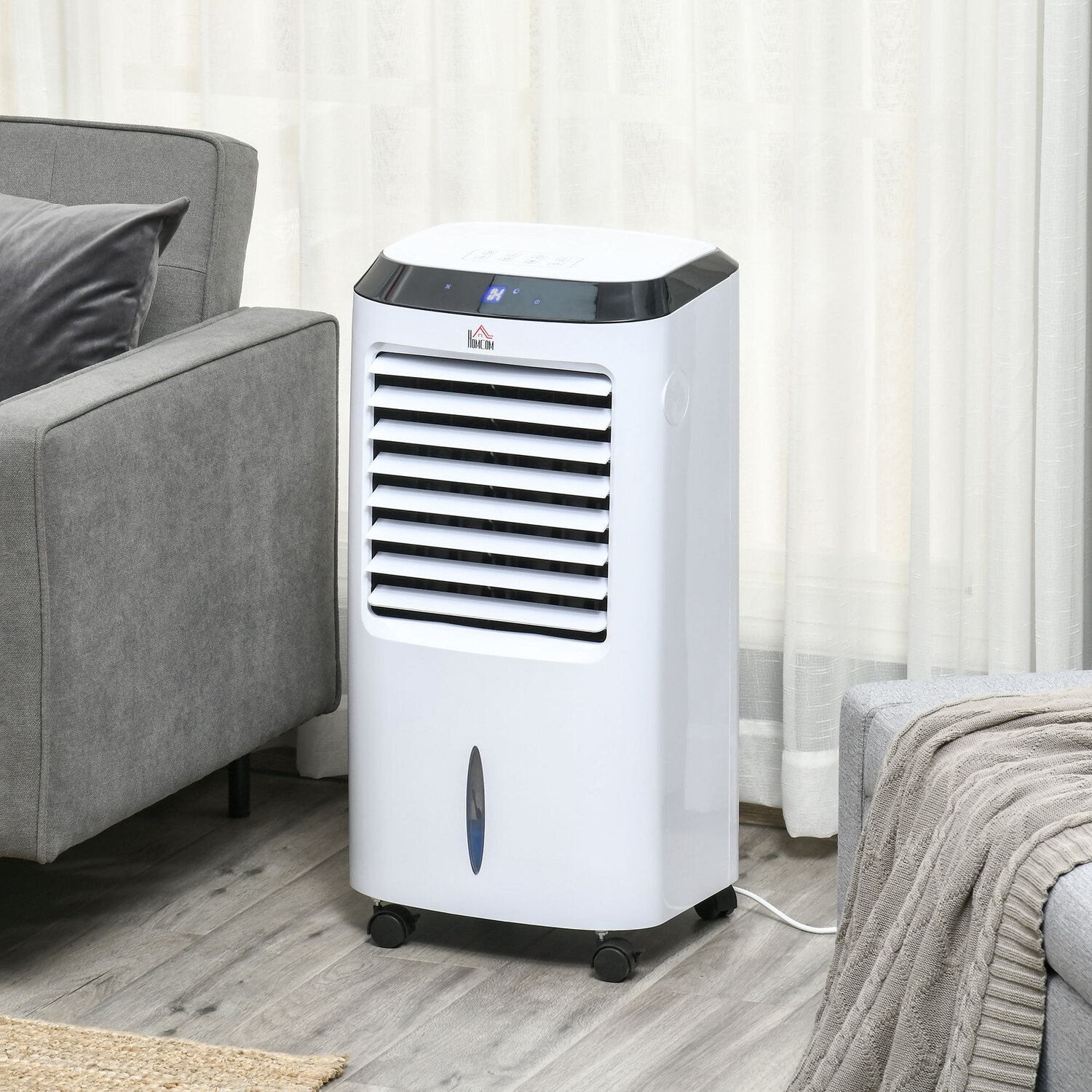
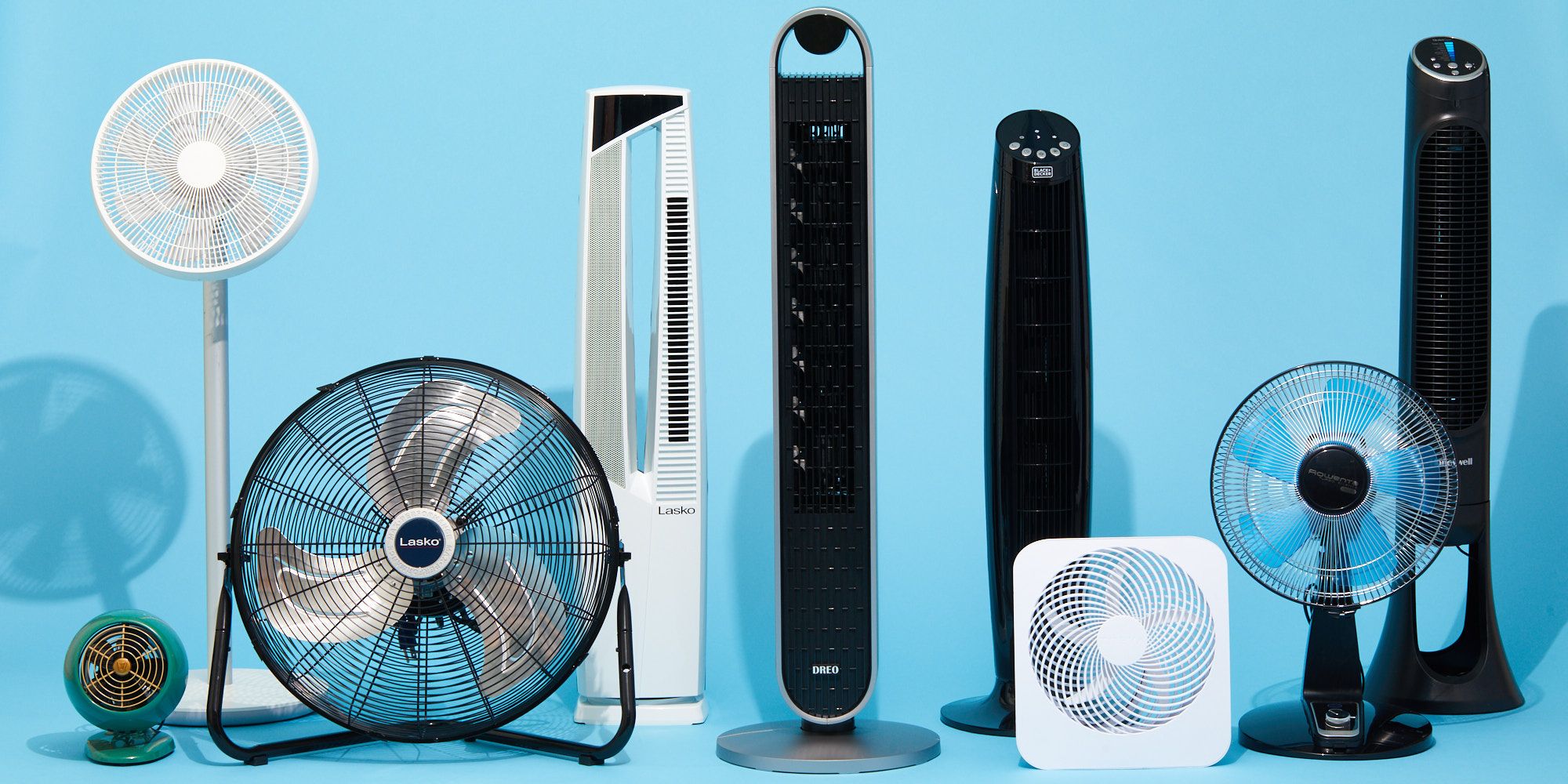
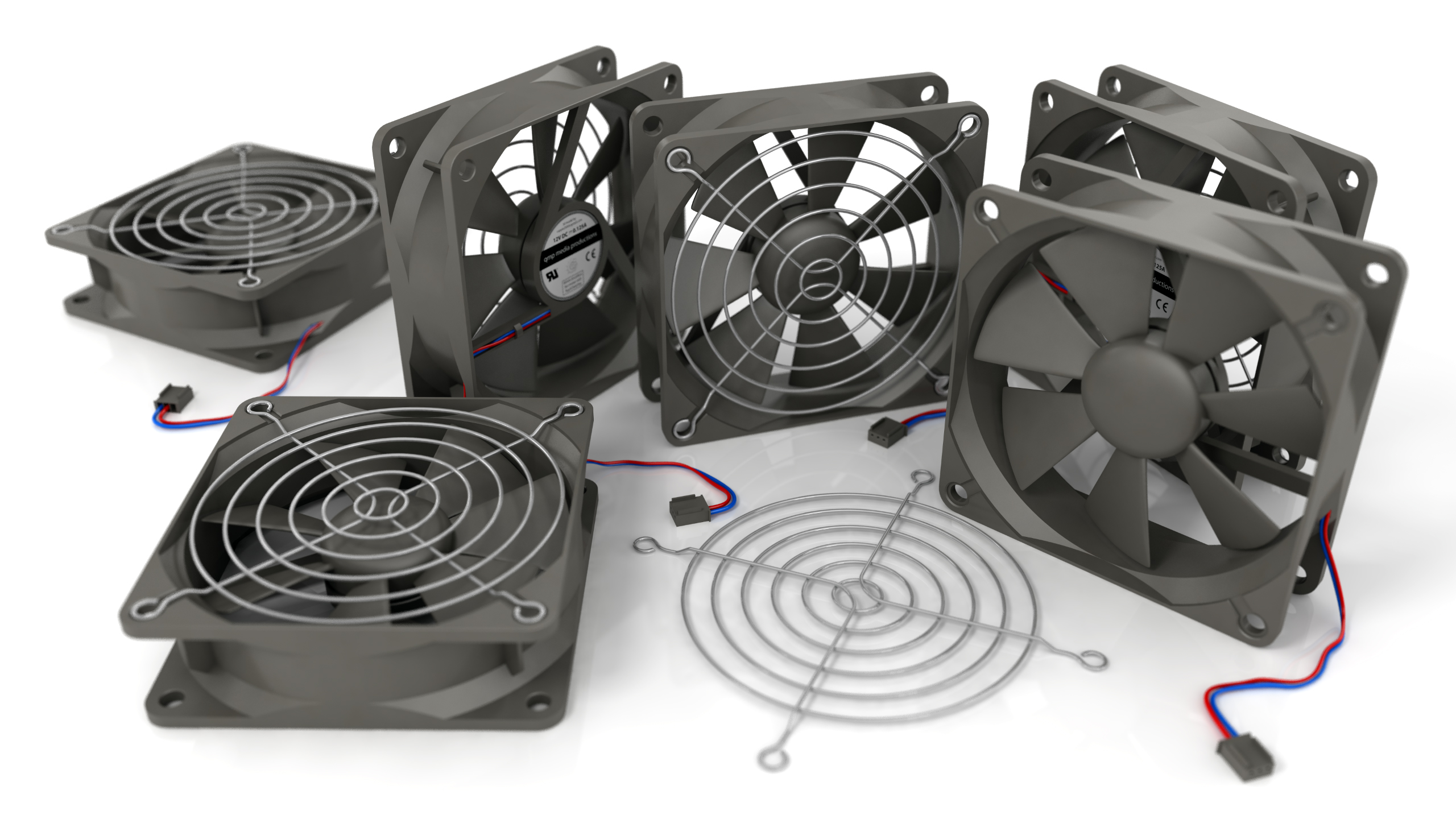
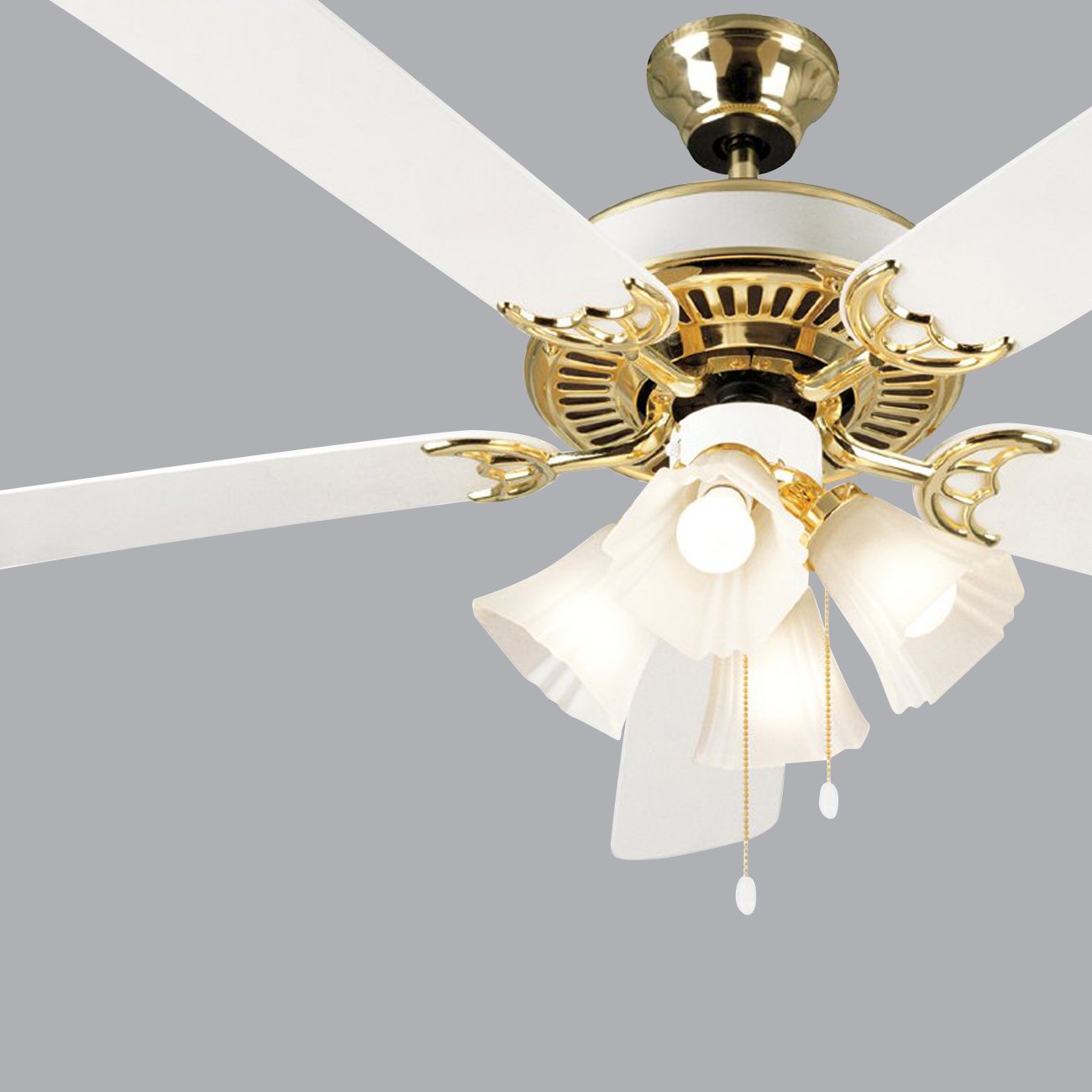
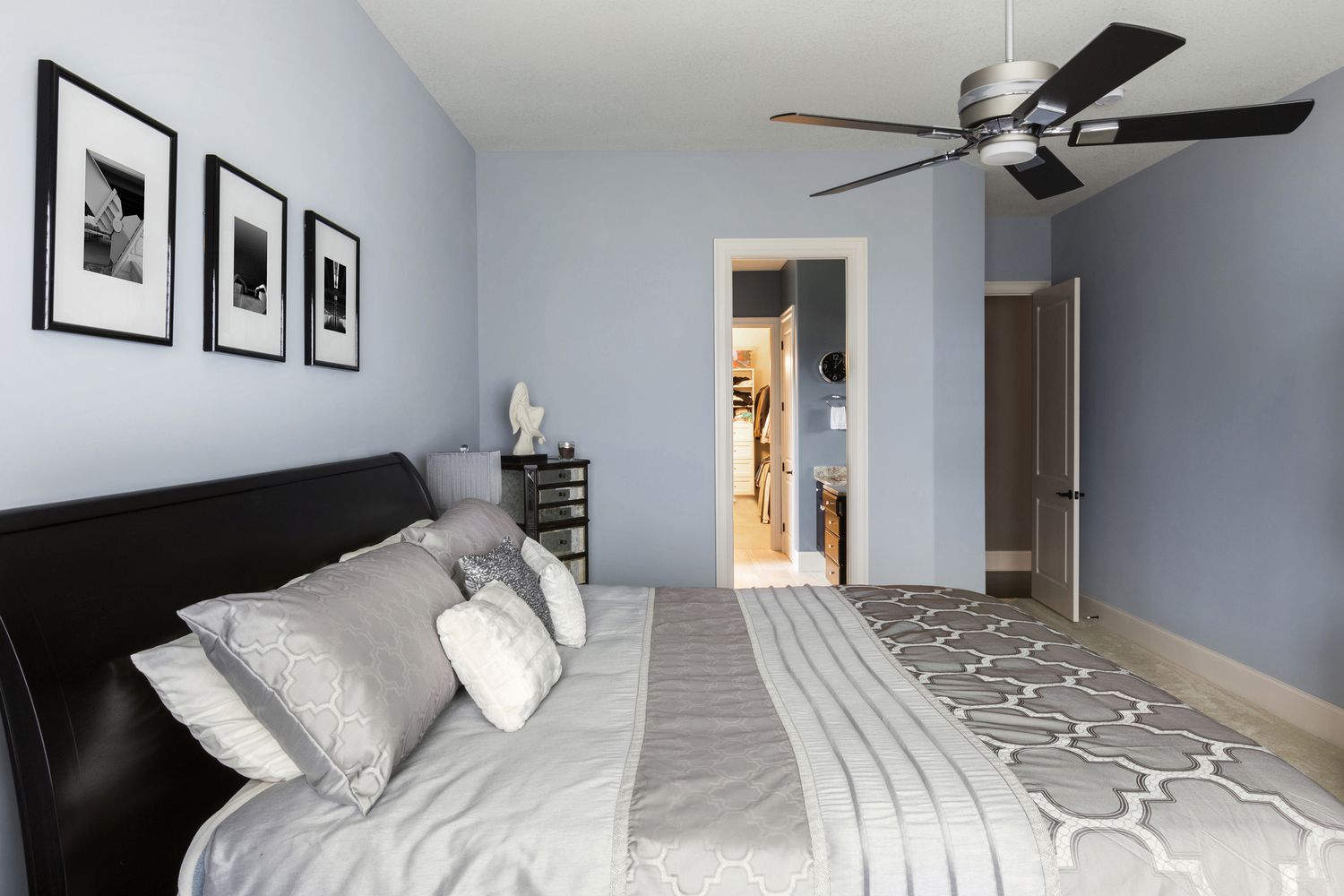
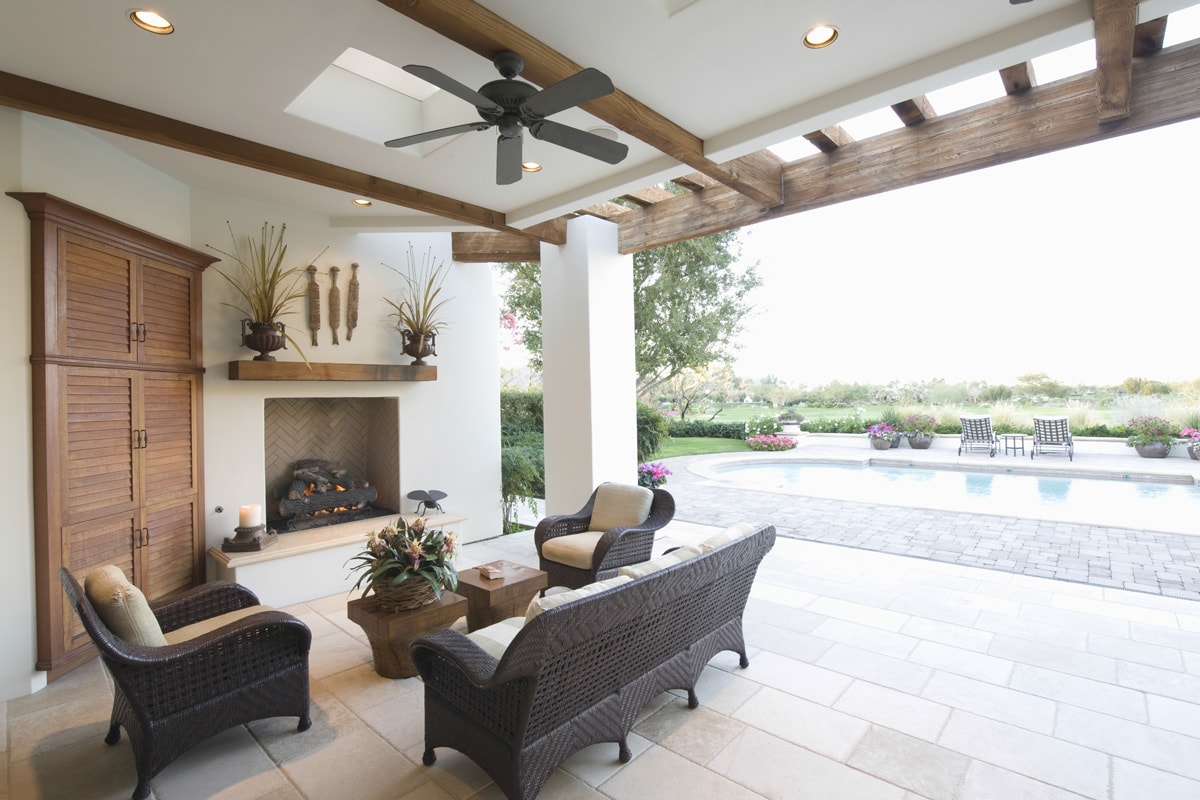
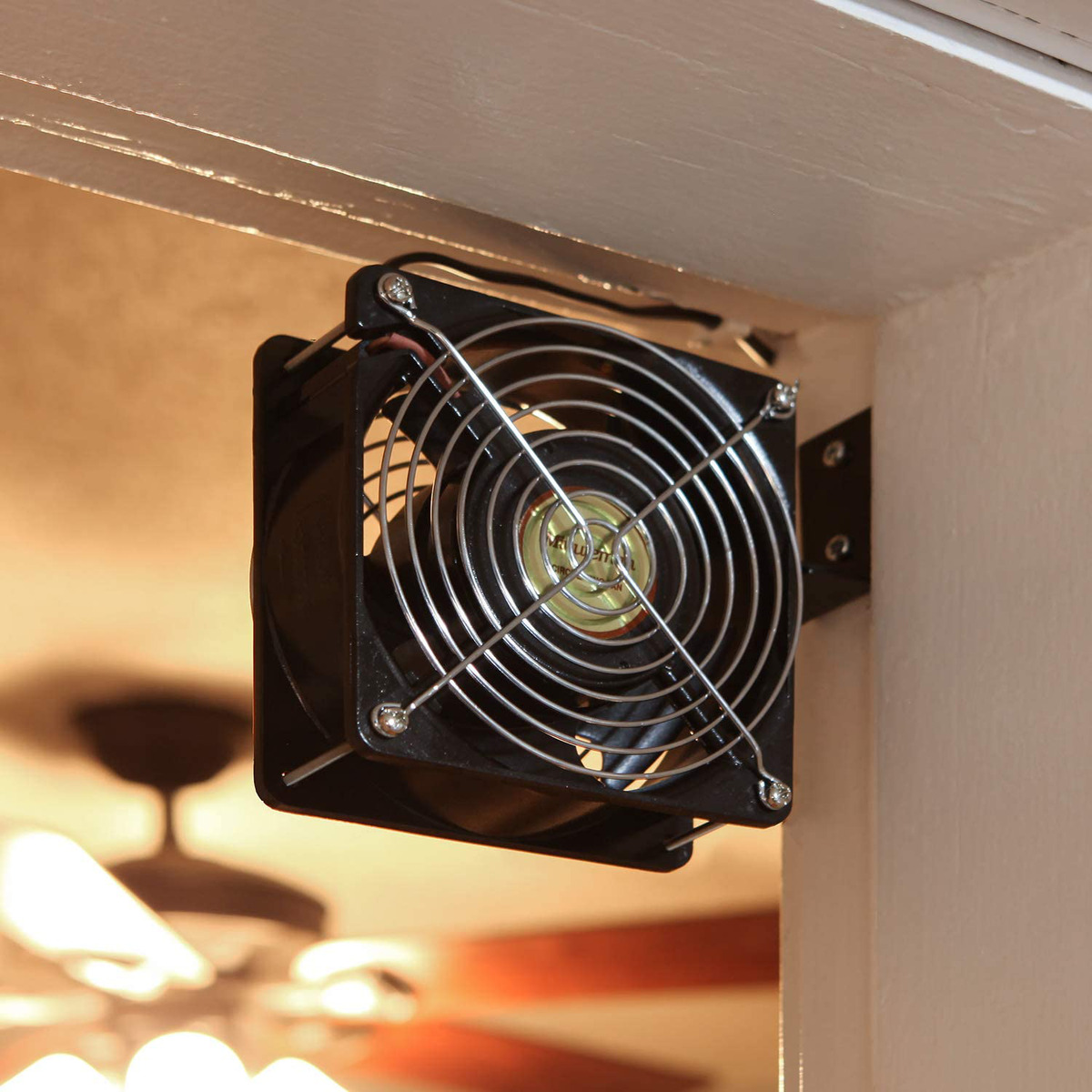
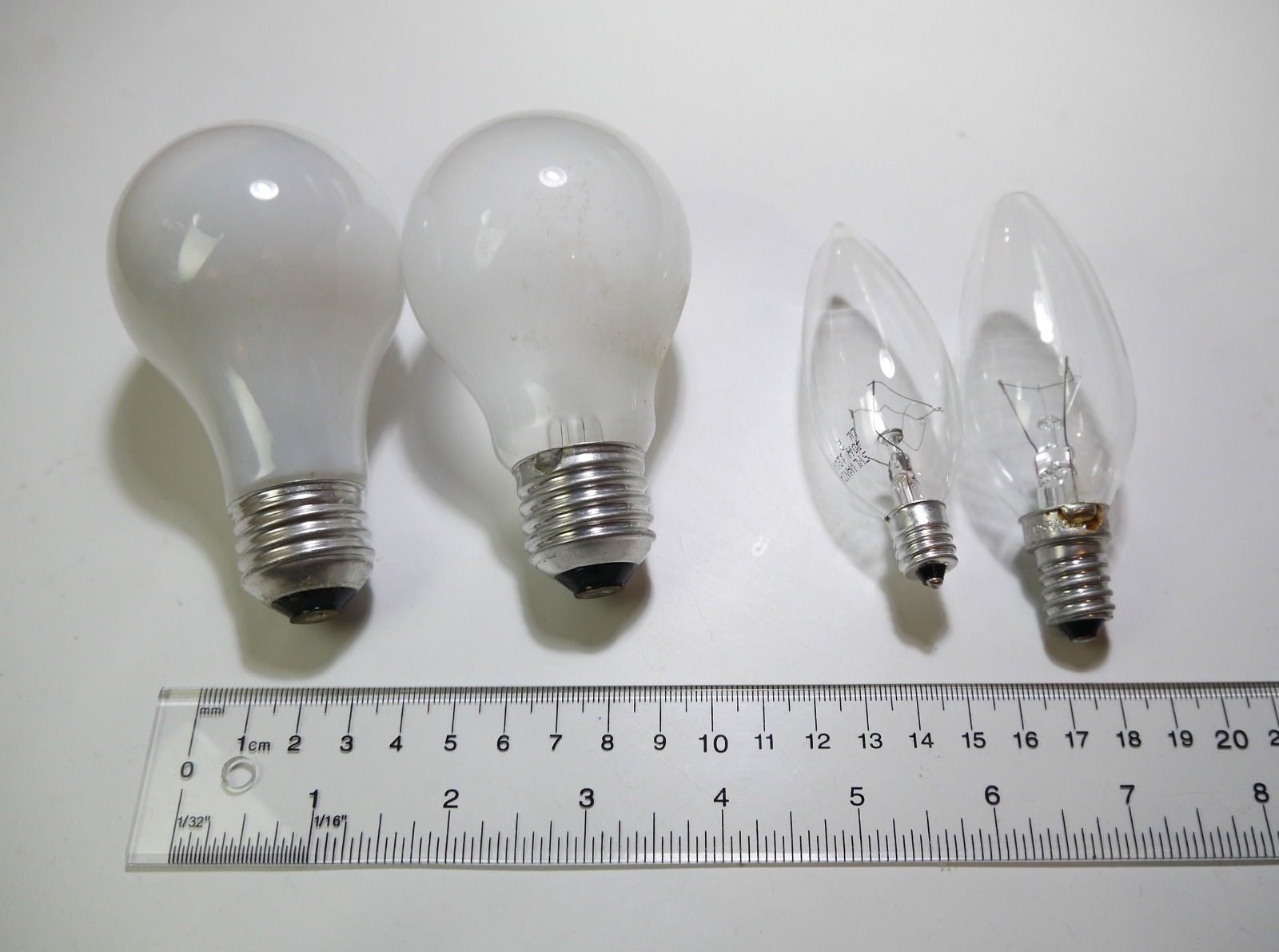
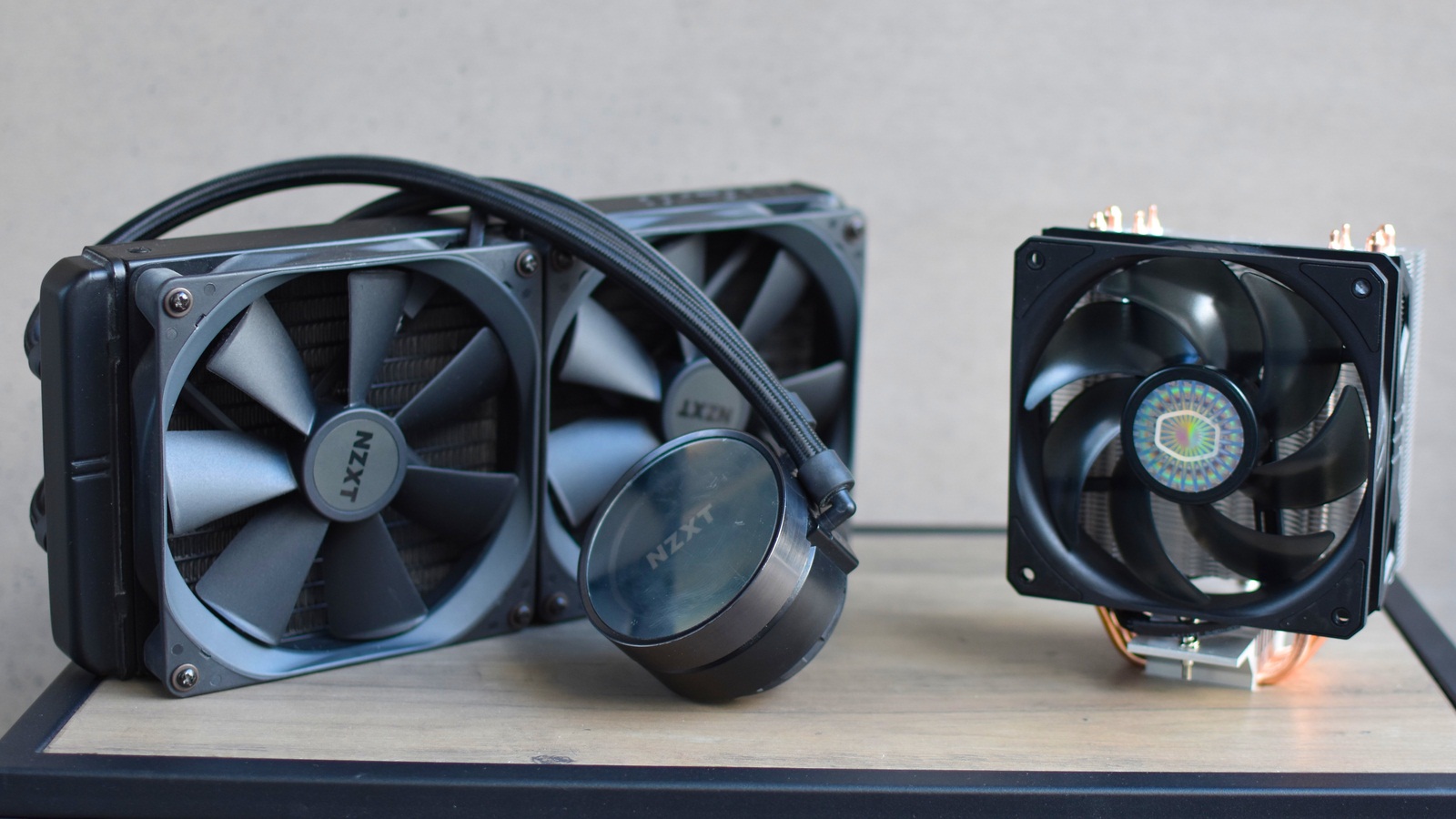
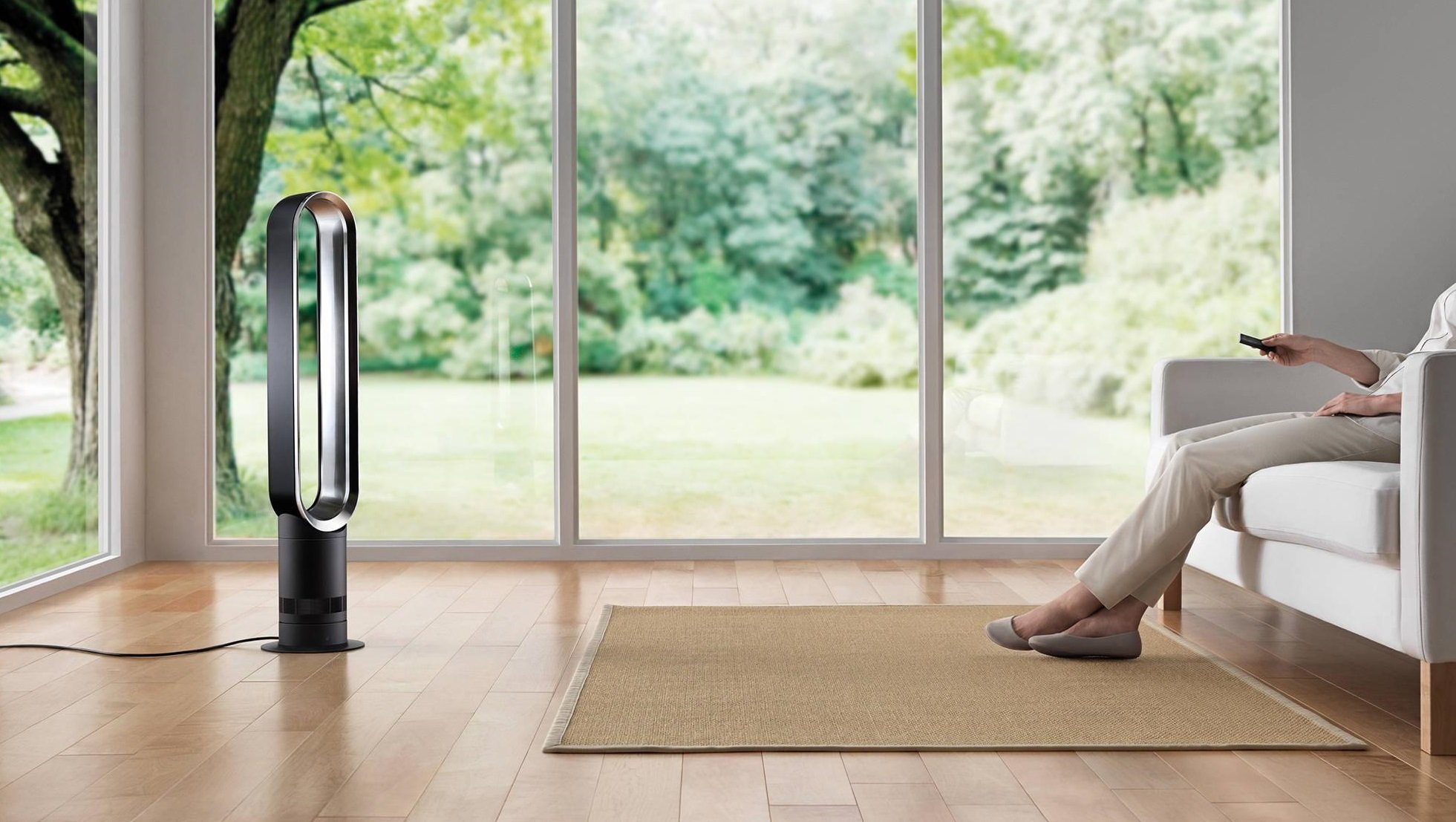
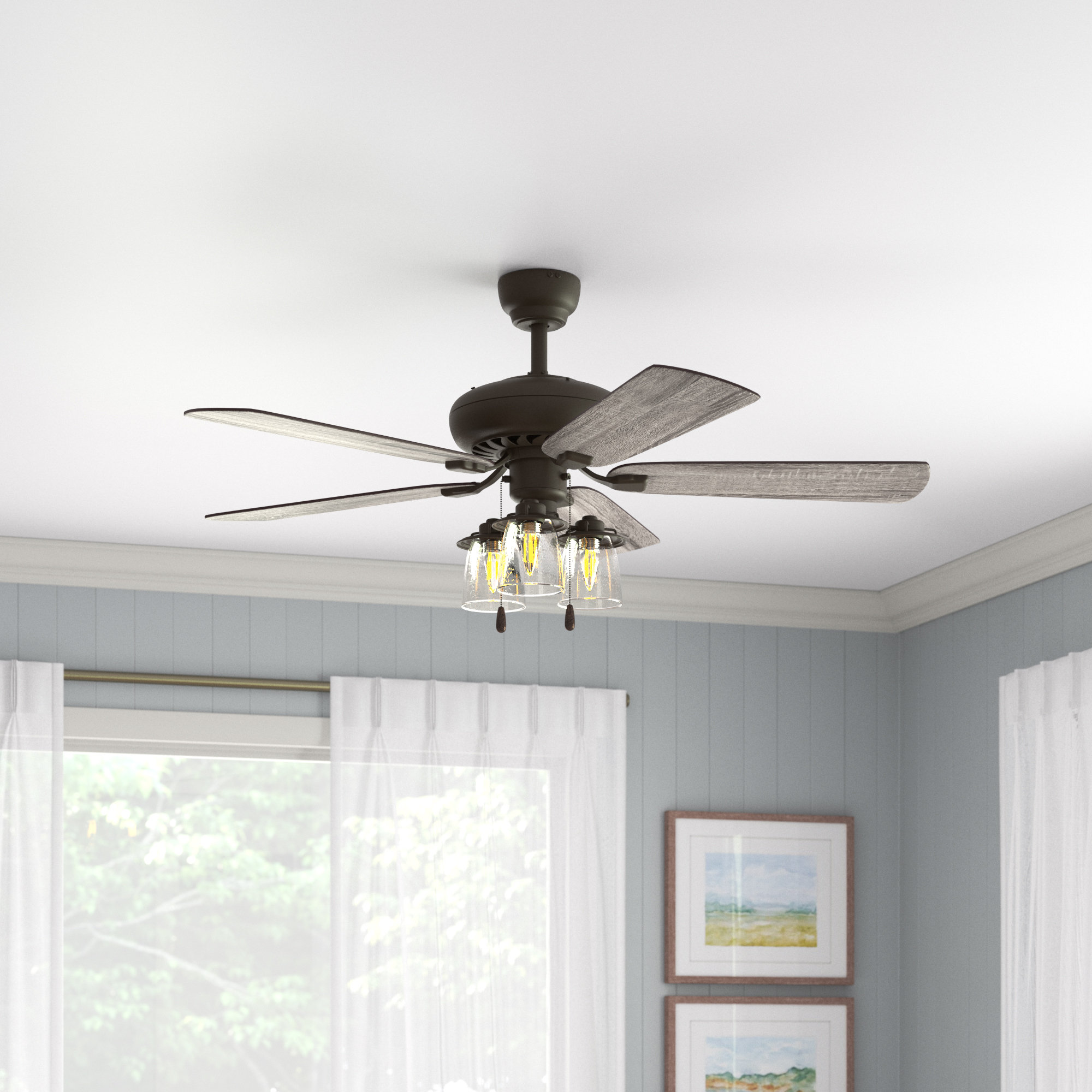
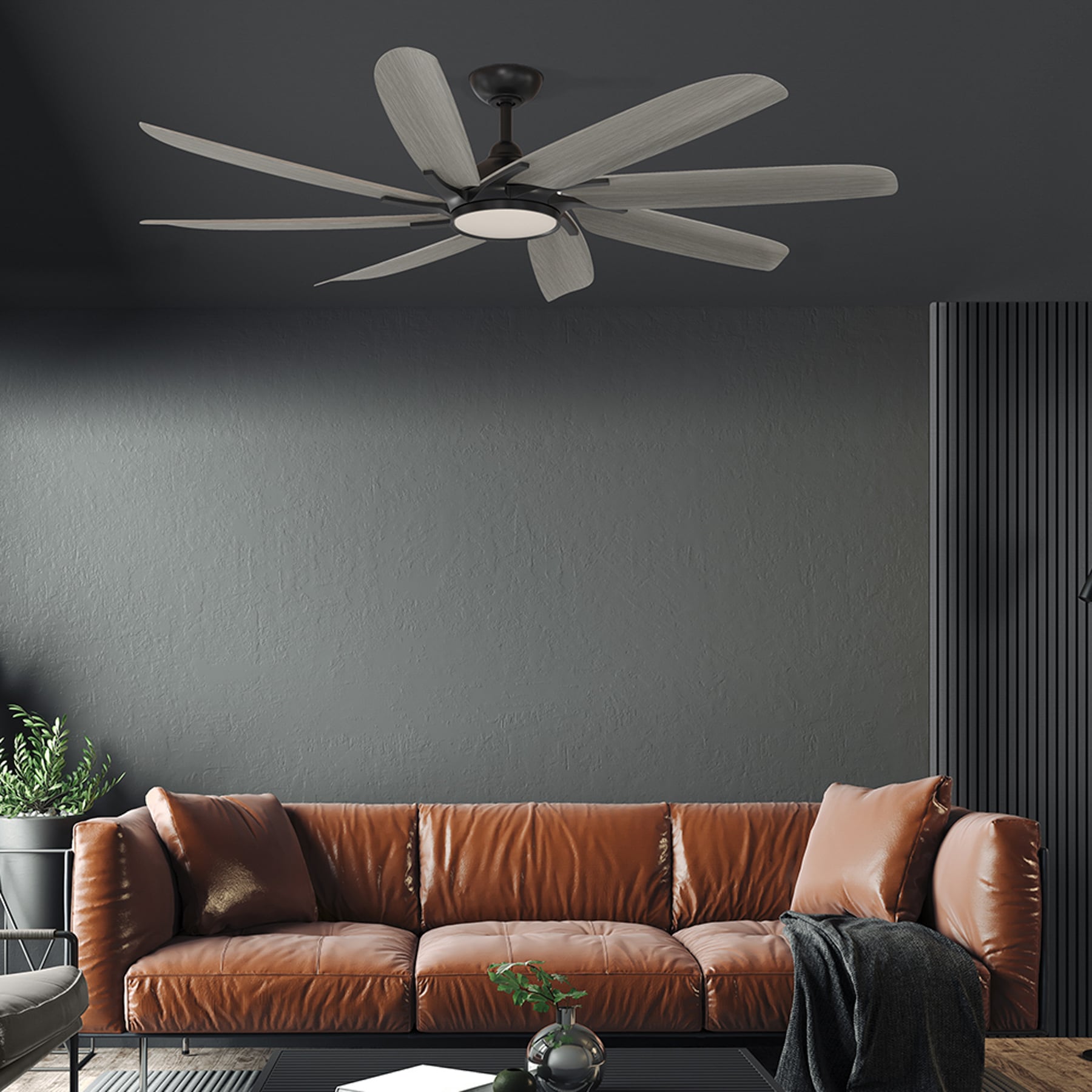

0 thoughts on “What Is The Best Fan For Cooling”